The Ultimate Guide to Keep Pets Warm, Safe & Happy During Winters
With winter approaching, it’s important to make sure our furry friends are cozy and comfortable during the chilly months. Whether you have a playful pup or a cuddly cat, we provide you with the ultimate winter care tips to keep pets warm, safe, and happy during winters. From providing extra bedding to protecting their paws, you’ll be equipped with all the necessary knowledge to keep your beloved pets snug as a bug in a rug.
Note
Remember to swipe the “Savvy TIPS !” flipbox to see more paw-worthy tips!
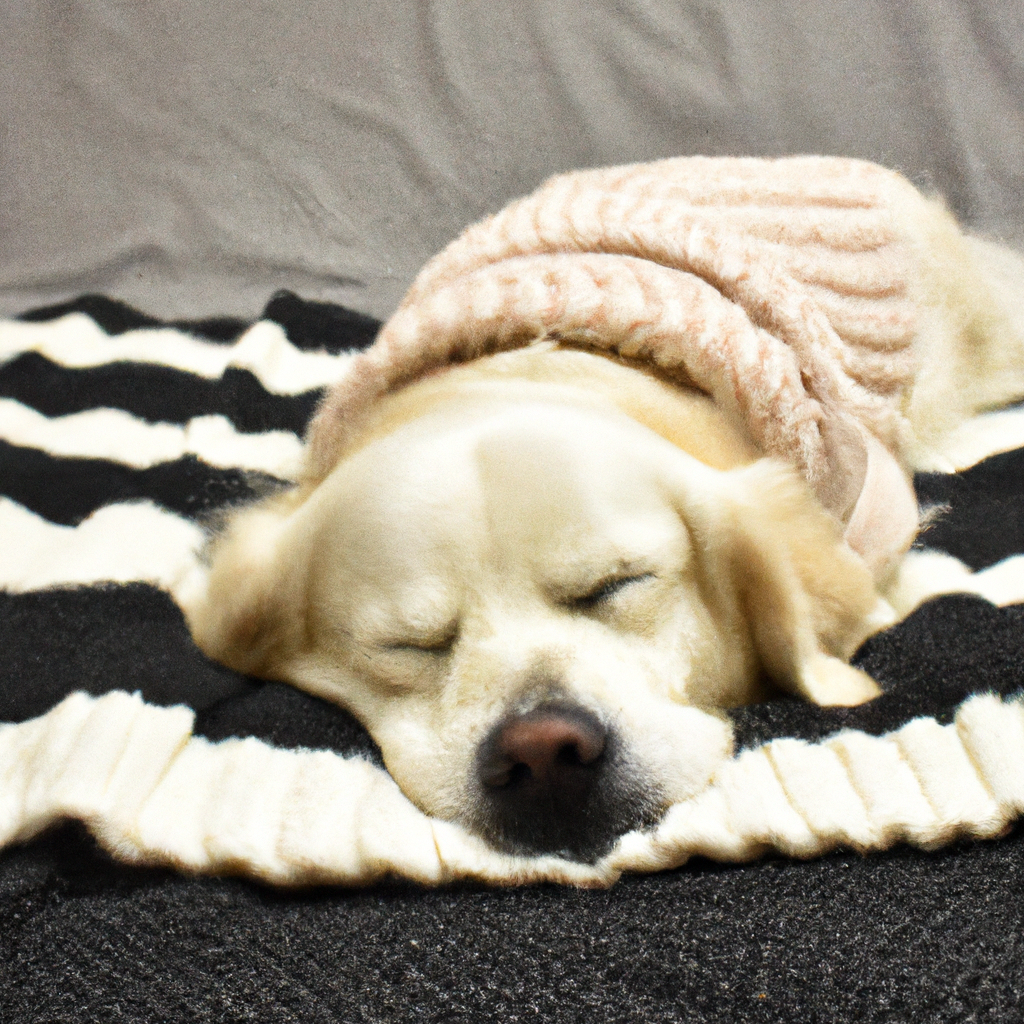
#1 Preparing the Pet’s Living Space
Ensuring a Warm and Comfortable Bed
One of the first steps in preparing your pet’s living space for the winter is to provide them with a warm and comfortable bed.
Just like humans, pets also feel the cold, and having a cozy bed can make a world of difference in keeping them comfortable during the colder months.
Opt for a bed that is elevated off the floor to avoid drafts. Choose one with soft and insulating materials to provide warmth. Consider adding extra blankets or a heated bed for added comfort. This is especially important for pets who tend to feel the cold more.
Setting Up Additional Heat Sources
To create a warm and inviting living space for your pet, it’s important to consider additional heat sources.
While central heating might keep the temperature comfortable for humans, pets can still feel the chill, especially if they spend a lot of time on the floor.
Consider placing a small space heater or heated mat in the room where your pet spends most of their time. However, ensure that these heat sources are pet-safe and placed in a secure location where your furry friend cannot accidentally knock them over.
Creating a Cozy Corner for Napping
During the winter months, pets often crave warmth and a snug space where they can curl up and take a nap.
Creating a cozy corner specifically for napping can fulfill this desire and provide a sense of comfort for your pet.
Use soft blankets, cushions, or even an enclosed pet bed to create a warm and inviting space. Place it in a quiet corner of the room, away from drafts. Make sure it is easily accessible to your pet.
By having a dedicated sleep space, you’ll help your pet feel secure and provide them with a sanctuary where they can escape the cold.

#2 Grooming and Winter Pet Care
Maintaining a Proper Coat Length
Proper grooming is essential for your pet’s comfort during the winter months.
While it may be tempting to let your pet’s fur grow longer for added insulation, it’s important to maintain a proper coat length to prevent matting, knots, and skin issues.
Regular brushing helps remove excess fur and keeps the coat healthy. If your pet has a longer coat, consider scheduling a visit to the groomer to have their fur trimmed to a manageable length. This will prevent the accumulation of ice, snow, and debris, making it easier for your pet to stay clean and warm.
Protecting Paws from Ice and Salt
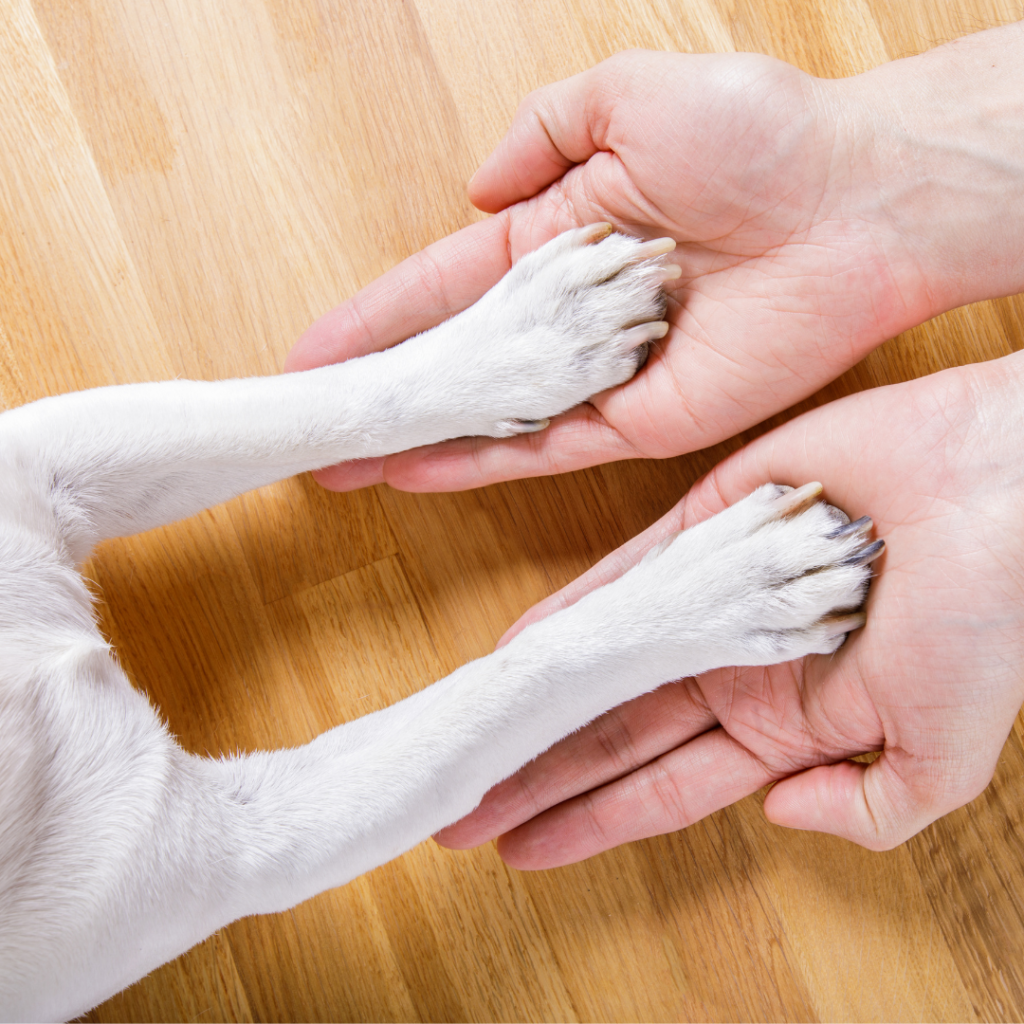
Winter walks can be harsh on your pet’s paws, so it’s crucial to take steps to protect them.
Ice and salt on the sidewalks and roads can be abrasive and cause discomfort, or even injuries to your pet’s paw pads.
Before heading out for a walk, apply a pet-safe paw balm or moisturizer to create a protective barrier.
Additionally, consider using booties for your pet to shield their paws from the elements. Booties not only provide insulation, but also prevent the salt and chemicals from irritating your pet’s paws.
After the walk, remember to clean your pet’s paws thoroughly to remove any salt or debris.
Adjusting the Diet for Winter
As the temperature drops, it’s important to pay attention to your pet’s diet and make any necessary adjustments.
Just like humans, pets may burn more calories to keep warm during the winter months. Consult with your veterinarian to determine if your pet’s current diet is sufficient, or if any changes need to be made. Your vet may recommend adjusting the portion size, or switching to a more calorie-dense food to meet your pet’s energy requirements.
Additionally, ensuring that your pet has access to fresh water at all times is crucial since dehydration can occur even in colder weather.
#3 Indoor Activities for Pets
Providing Interactive Toys and Games
Spending more time indoors during the winter means that your pet may need extra mental stimulation to stay happy and entertained.
Providing interactive toys and games can help keep their minds sharp and prevent boredom.
Puzzle toys, treat dispensers, and interactive feeding bowls are great options to engage your pet and challenge their problem-solving skills. These toys can help keep your pet occupied for extended periods, giving them a sense of accomplishment while also providing mental stimulation.
Savvy TIP !
Engaging in indoor exercise activities is a great way to keep your pet active and burn off excess energy.
Savvy TIP !
Set up a designated play area and dedicate time each day for interactive play sessions with your pet.
Engaging in Indoor Exercise
Even though outdoor activities may be limited during the winter months, it’s important to ensure your pet gets enough exercise to maintain their physical health.
Play fetch, use laser pointers, or engage in a game of chase to get your pet moving.
Many pets also enjoy using exercise wheels or tunnels designed specifically for them.
Find activities that your pet enjoys and make indoor exercise an enjoyable and regular part of their routine.
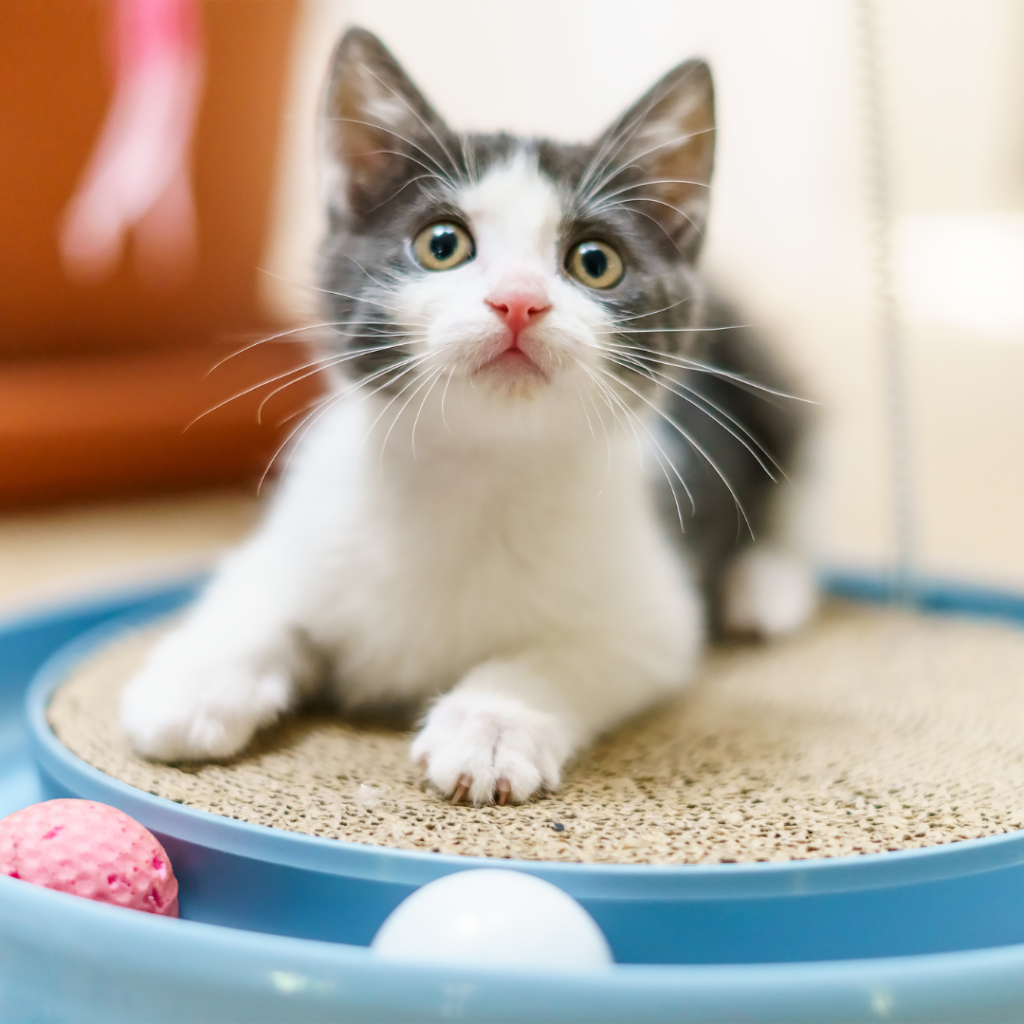
Teaching New Tricks or Commands
The winter months provide the perfect opportunity to teach your pet new tricks or commands.
Mental stimulation through training not only keeps your pet engaged but also strengthens the bond between you and your furry friend.
Start with basic commands such as sit, stay, or paw. Use positive reinforcement techniques, such as treats or praise, to reward your pet when they successfully perform a command. Additionally, teaching them new tricks, such as rolling over or playing dead, can be a fun way to challenge their learning abilities.
Remember to keep training sessions short and enjoyable to maintain your pet’s focus and interest.
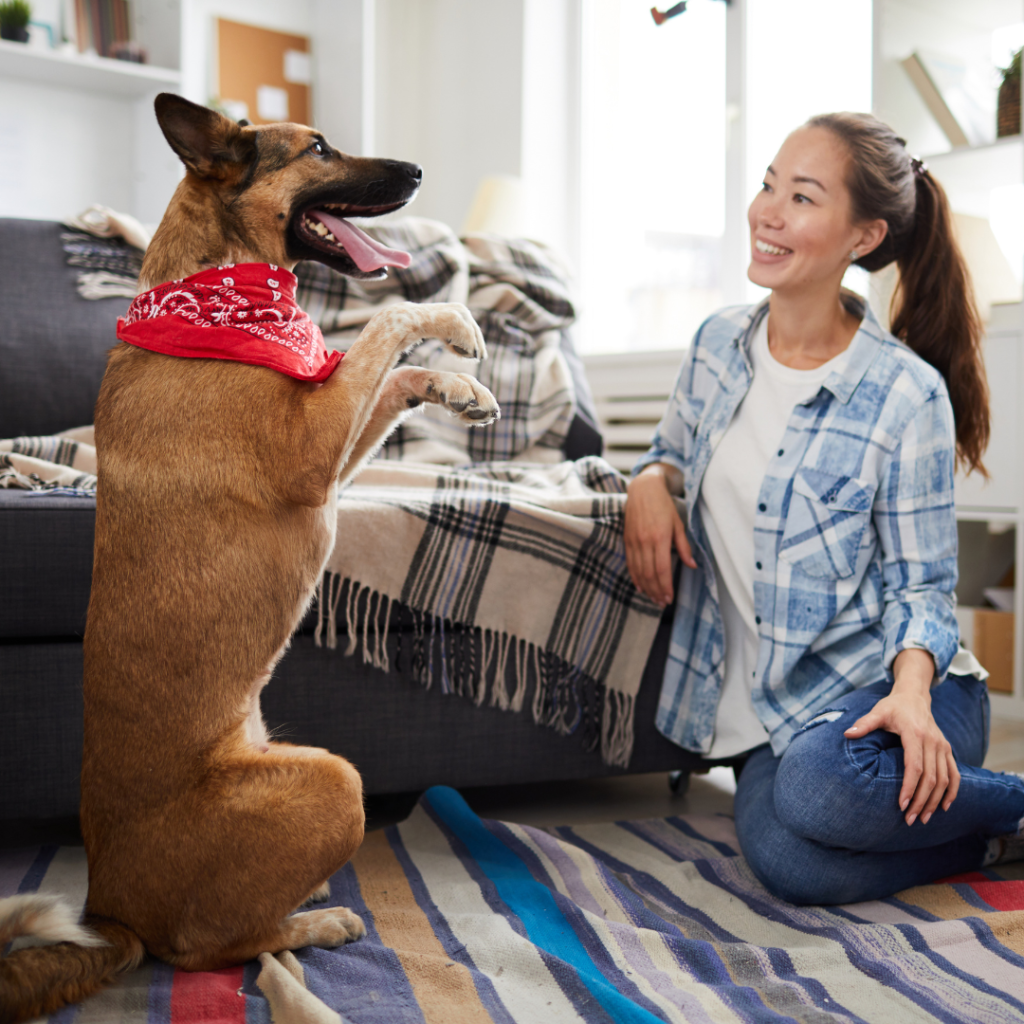
#4 Health and Wellness Considerations
Monitoring Pet’s Weight and Nutrition
During the winter months, it’s essential to monitor your pet’s weight and nutrition to ensure they stay healthy.
Reduced physical activity and the temptation to indulge in comfort foods can lead to weight gain in pets. Maintain a balanced and nutritious diet, avoiding excessive treats or table scraps.
If your pet needs to shed a few pounds, work with your vet to create a weight management plan tailored to their specific needs.
Regular Vet Check-ups
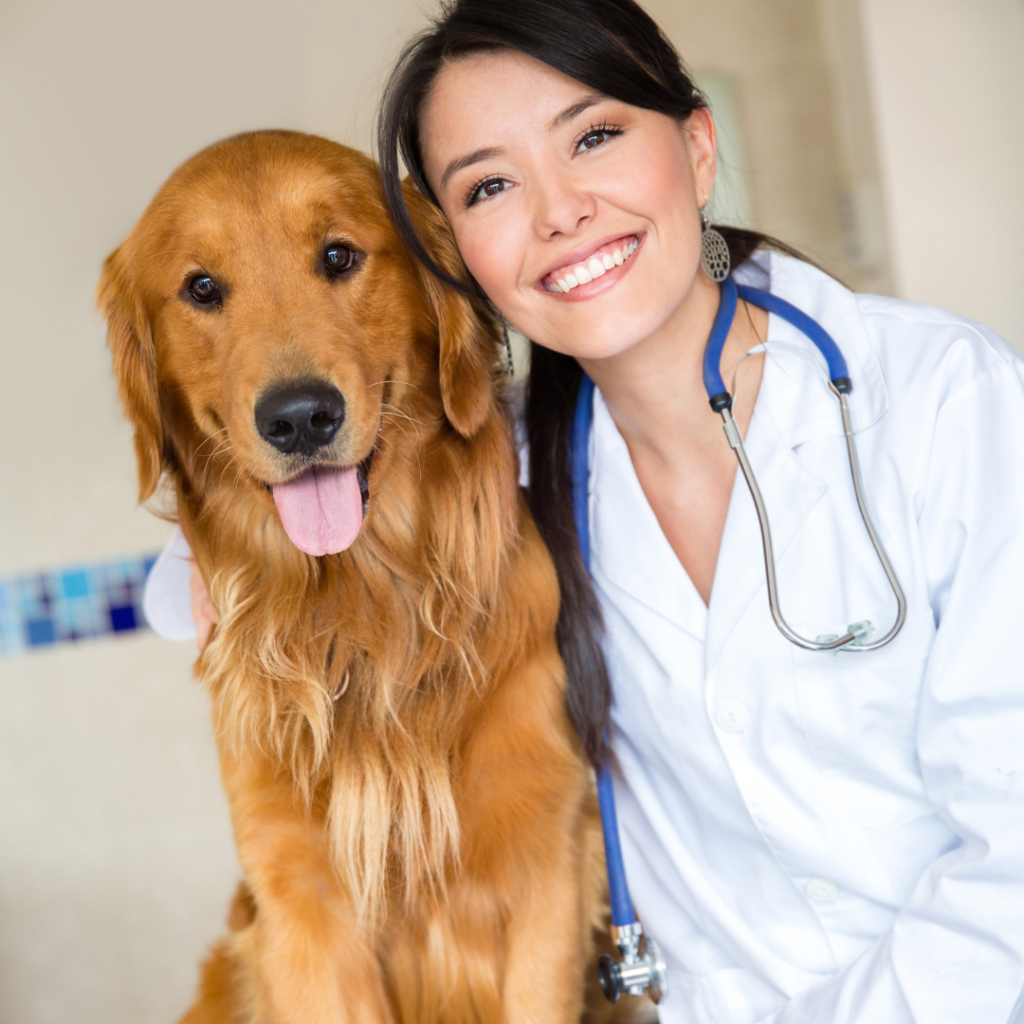
A dog is the only thing on earth that loves you more than he loves himself.
Josh Billings
Regular vet check-ups are important throughout the year, and winter is no exception.
Schedule a visit with your veterinarian before the onset of winter to ensure your pet is in good health and up to date on vaccinations.
Your vet can also provide recommendations on preventive care, supplements, or medications that may be beneficial for your pet during the winter months.
Preventing Dry Skin and Irritations
Winter weather can cause dry skin and irritations for pets, just like it does for humans. Take steps to prevent these issues by providing proper skin care for your pet.
Regular brushing helps distribute the natural oils through your pet’s fur, keeping their skin moisturized. If your pet has dry or flaky skin, consider adding omega-3 fatty acid supplements to their diet after consulting with your vet.
Additionally, make sure your home’s humidity levels are adequate. Dry indoor air can worsen skin conditions. If necessary, use a humidifier to increase moisture in the air and relieve dryness.
#5 Safety Precautions for Winter
Keeping Pets Away from Chemicals and Antifreeze
During the winter months, many people rely on chemicals and antifreeze to combat icy conditions. However, it is essential to keep these substances away from your pets.
Antifreeze, in particular, is highly toxic and can be fatal if ingested. Keep all chemicals and antifreeze stored in a safe place where your pet cannot access them. In case of a spill, clean it immediately and thoroughly.
Always be cautious when walking your pet near areas where chemicals may have been used, such as driveways or roadways.
Watch Out for Frostbite and Hypothermia
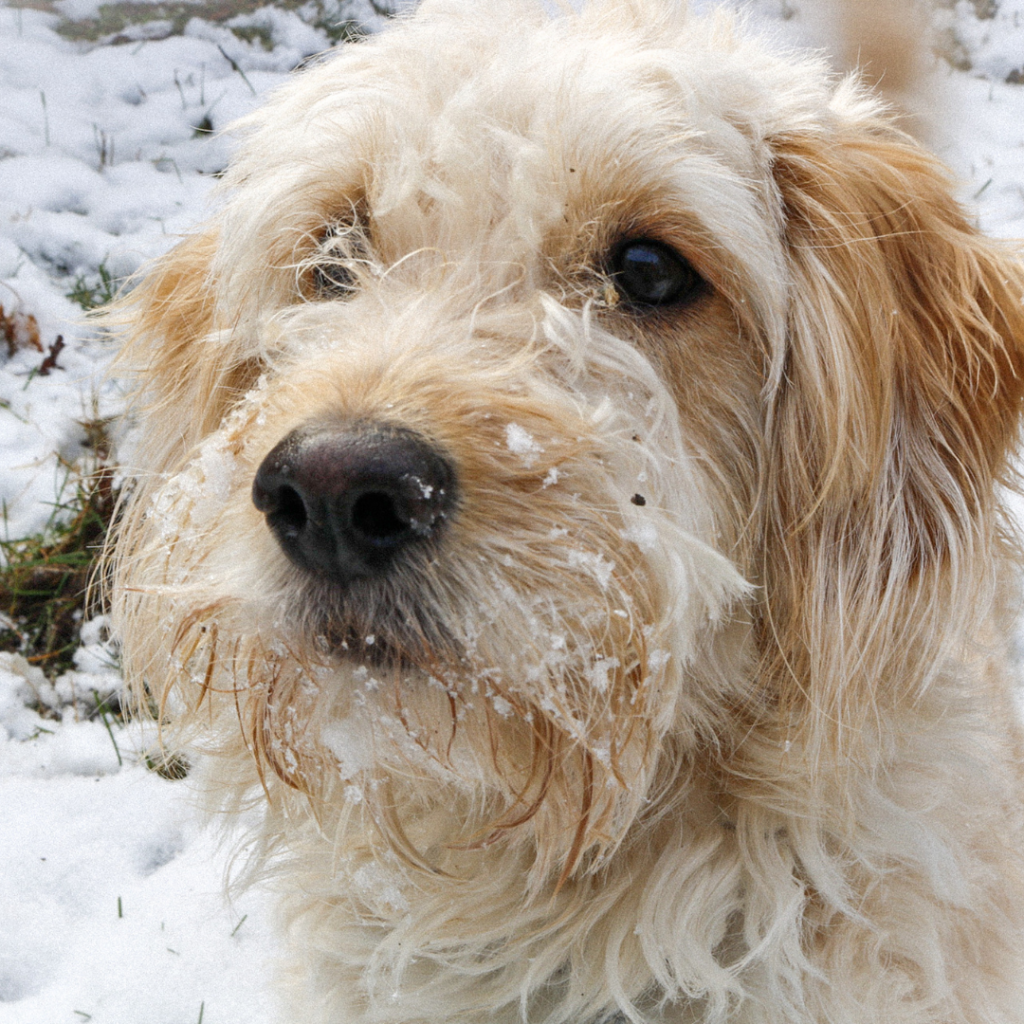
Just like humans, pets are susceptible to frostbite and hypothermia in extreme cold weather.
Monitor your pet’s behavior and limit their exposure to freezing temperatures.
Dogs with shorter coats, or those who are more susceptible to the cold, such as small breeds or elderly pets, may benefit from wearing a canine sweater or jacket during walks.
If you notice signs of frostbite, such as pale or discolored skin, blisters, or swelling, seek veterinary attention immediately.
Additionally, signs of hypothermia, such as shivering, lethargy, or weakness, should not be ignored and require immediate medical attention.
Pet-Proof the Fireplace and Portable Heaters
Fireplaces and portable heaters offer warmth during the winter, but can be hazardous for pets if not properly pet-proofed.
Install a sturdy fireplace screen to prevent your pet from getting too close to the flames or burning embers.
Keep portable heaters out of reach and ensure they have safety features such as auto shut-off if tipped over. Be aware of loose cords that your pet may be tempted to chew on, and keep them secure or out of your pet’s reach.
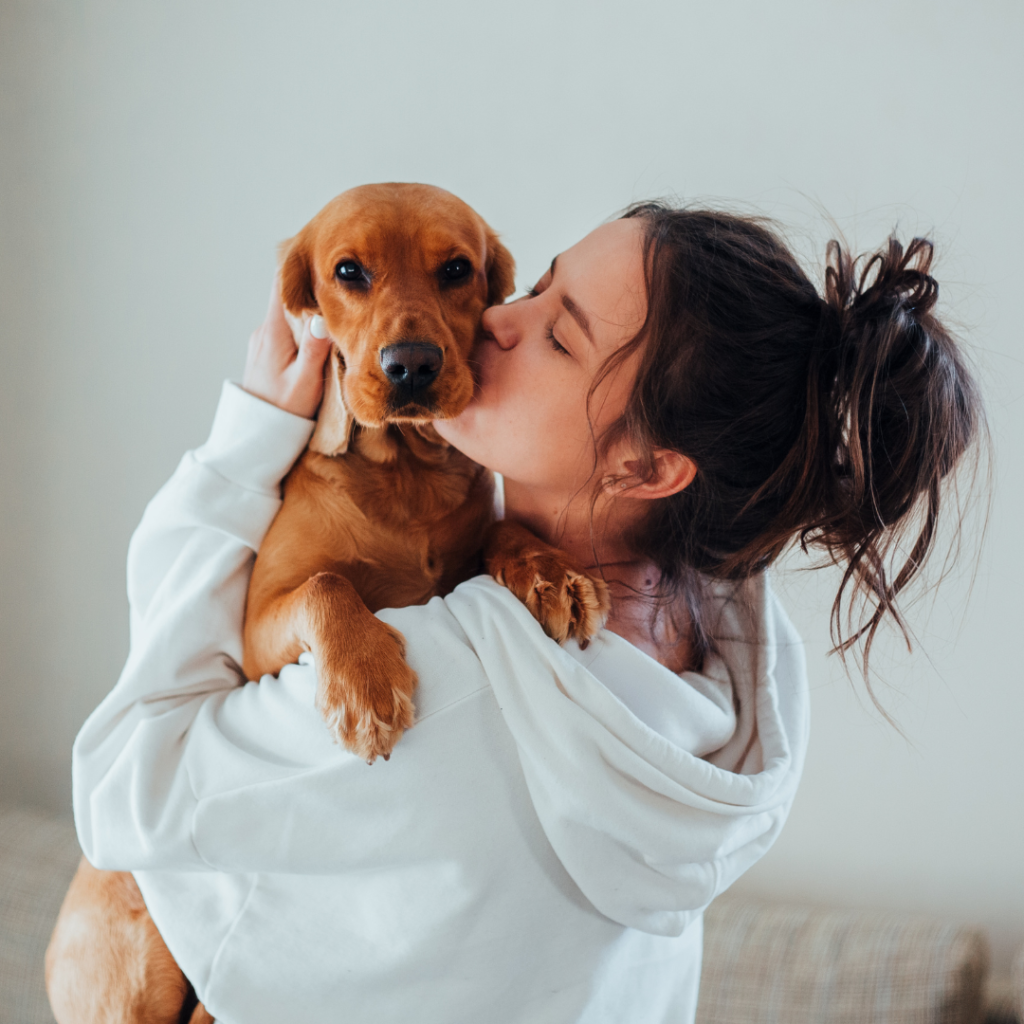
#6 Traveling with Pets in Winter
Planning for Safe and Warm Transportation
If you plan to travel with your pet during the winter months, it’s important to ensure their safety and comfort during the journey.
Create a warm and cozy space in your vehicle. Use blankets, pet-friendly car seat covers, and even portable pet heaters if necessary. Ensure that your pet is securely restrained using a harness or crate to prevent accidents while driving.
If you’re traveling long distances, make frequent stops to allow your pet to stretch their legs and relieve themselves. Consider using pet-friendly travel apps or websites to locate pet-friendly accommodations along your route.
Comfortable Travel Accessories
To make traveling with your pet as comfortable as possible, invest in some travel accessories designed specifically for pets.
Portable food and water dishes, spill-proof water bottles, and travel-sized litter boxes are convenient items to have on hand.
Pack your pet’s favorite toys, blankets, and bedding to create a familiar and comforting environment in unfamiliar places.
If your pet requires medication, ensure you have an adequate supply for the duration of your trip.
Remember to keep your pet’s identification tags and microchip information up to date in case they get lost during travel.
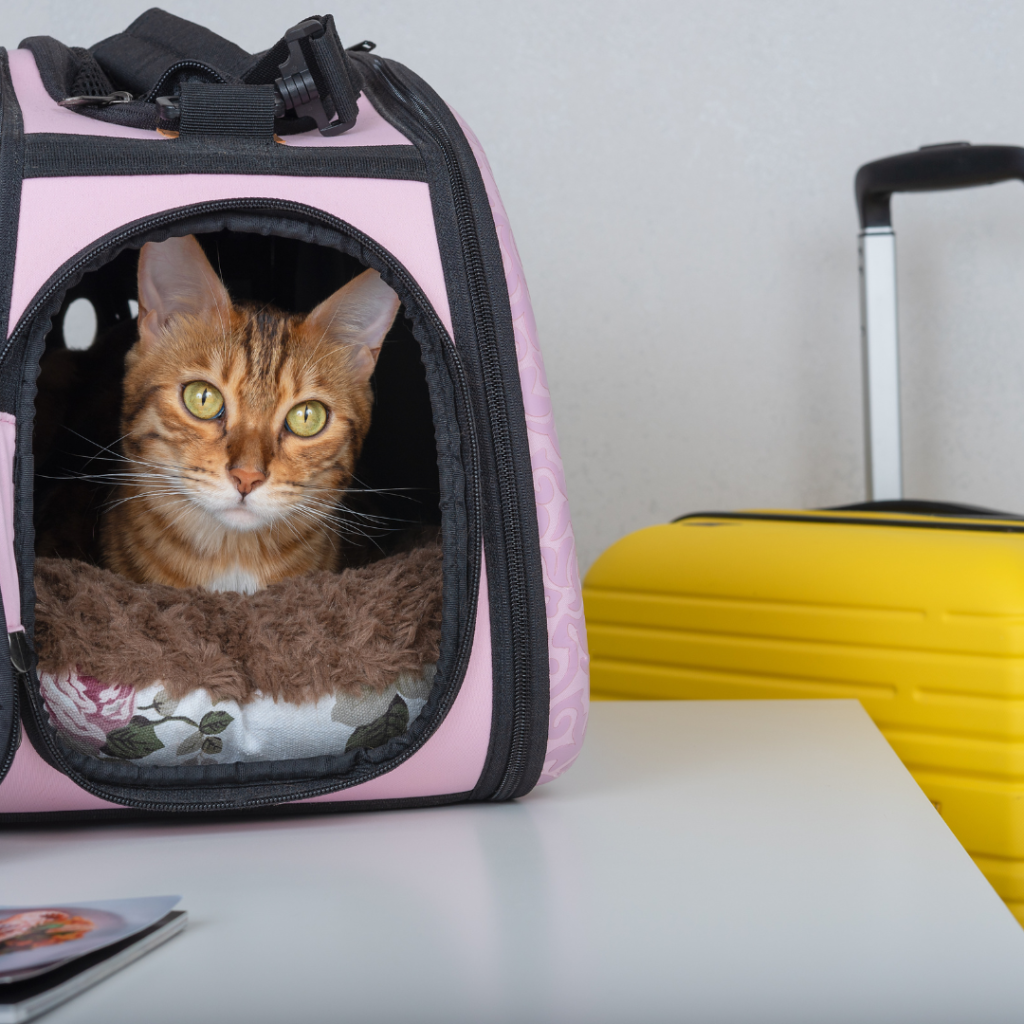
Making Accommodations at the Destination
When planning a trip with your pet during winter, ensure that your chosen destination is pet-friendly. Also ensure that it provides suitable accommodations for your furry friend.
Research pet-friendly hotels or rentals that offer amenities such as pet beds, food bowls, or even pet-sitting services.
Inform the accommodation in advance about your pet’s size and any specific needs they may have. Additionally, inquire about nearby pet-friendly parks or trails where you can engage in outdoor activities with your pet.
#7 Creating a Winter Emergency Kit
Preparing for Power Outages
Winter storms can sometimes lead to power outages, leaving you and your pet without heat or electricity. It’s crucial to be prepared for such situations by creating a winter emergency kit.
Include essential items such as extra blankets, portable heaters, flashlights, and batteries.
Invest in a battery-powered or hand-cranked radio to stay informed about weather updates and emergency announcements. Pack a supply of non-perishable food and bottled water for both you and your pet.
Remember to rotate the supplies periodically to ensure they remain fresh and usable.
Including Pet Essentials in the Kit
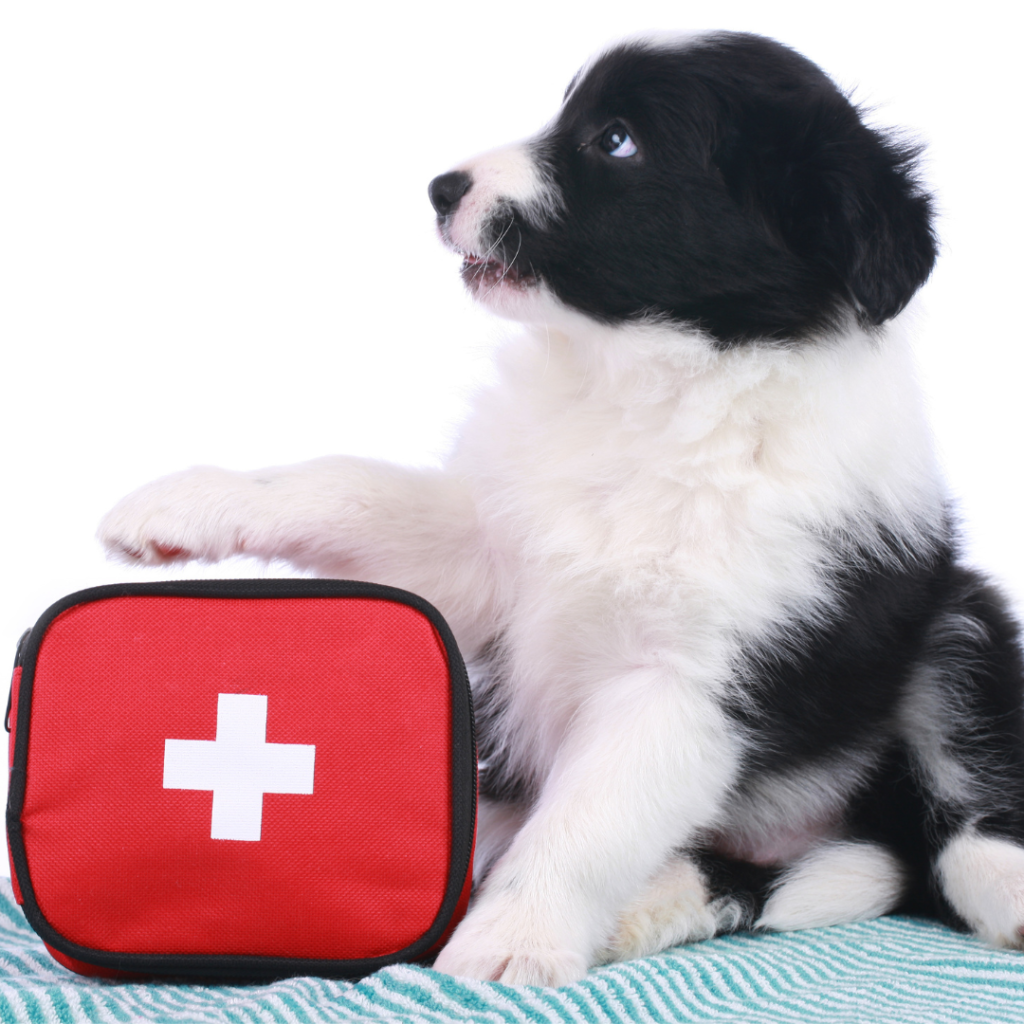
When assembling a winter emergency kit, don’t forget to include specific items for your pet.
Pack enough food to last at least a week, along with any necessary medication and a copy of your pet’s medical records.
Include extra collars, leashes, and identification tags, as well as waste bags and litter for your pet’s sanitary needs.
Keep a stash of clean towels or blankets to provide warmth for your pet in case of an emergency or evacuation.
Knowing Emergency Vet Contact Information
In the event of a winter emergency or unforeseen health issue with your pet, it’s crucial to have the contact information of an emergency veterinarian readily available.
Research and save the telephone number and address of the nearest 24-hour veterinary hospital or emergency clinic in your area. Store this information in your phone, write it down and keep it in your emergency kit. Share it with other family members or pet sitters who may need it.
#8 Mental Stimulation for Indoor Pets
Providing Puzzle Toys and Treat Dispensers
Indoor pets may require additional mental stimulation to prevent boredom and reduce anxiety during the winter months.
Puzzle toys and treat dispensers are excellent tools to engage your pet’s brain and keep them entertained. Fill these toys with treats or kibble, and let your pet figure out how to retrieve the reward. The challenge presented by these toys not only keeps your pet busy but also stimulates their problem-solving abilities.
Experiment with different puzzle toys and treat dispensers to find ones that your pet enjoys and that suit their skill level.
Introducing a Variety of Textures and Sights
Adding variety to your indoor pet’s environment can help keep them mentally stimulated.
Consider introducing toys, scratching posts, or climbing trees that provide different textures and heights.
Cats, for example, enjoy perching on tall scratching posts or watching birds through a window. Dogs can benefit from toys that make different sounds or have different textures.
Savvy TIP !
Rotate toys and introduce new ones periodically to keep your pet engaged and curious.
Savvy TIP !
Consider providing a window perch or bird feeder to give your pet visual stimulation from watching outdoor activities.
Interactive Playtime and Hide-and-Seek Games
Engaging in interactive playtime and hide-and-seek games is an excellent way to satisfy your pet’s need for mental stimulation. Interactive playtime not only exercises your pet’s mind but also strengthens the bond between you and your furry friend.
For dogs, play a game of fetch or tug-of-war to keep them physically and mentally active. Hide treats around the house and encourage your pet to sniff them out, engaging their sense of smell and problem-solving abilities.
For cats, use laser pointers or feather toys to entertain them and satisfy their hunting instincts.
#9 Socializing Opportunities for Pets
Arranging Playdates with Other Pets
Socializing with other pets provides important mental stimulation and can help combat loneliness during the winter.
Arrange playdates with other pets that your furry friend enjoys spending time with. This can be done in your home, at a pet-friendly park, or even at a pet daycare facility.
Observing and interacting with other animals can help stimulate your pet’s social skills and reduce boredom. It’s important to choose well-socialized and healthy pets for playdates. Always supervise the interactions to ensure the safety and well-being of all involved.
Enrolling in Indoor Training Classes
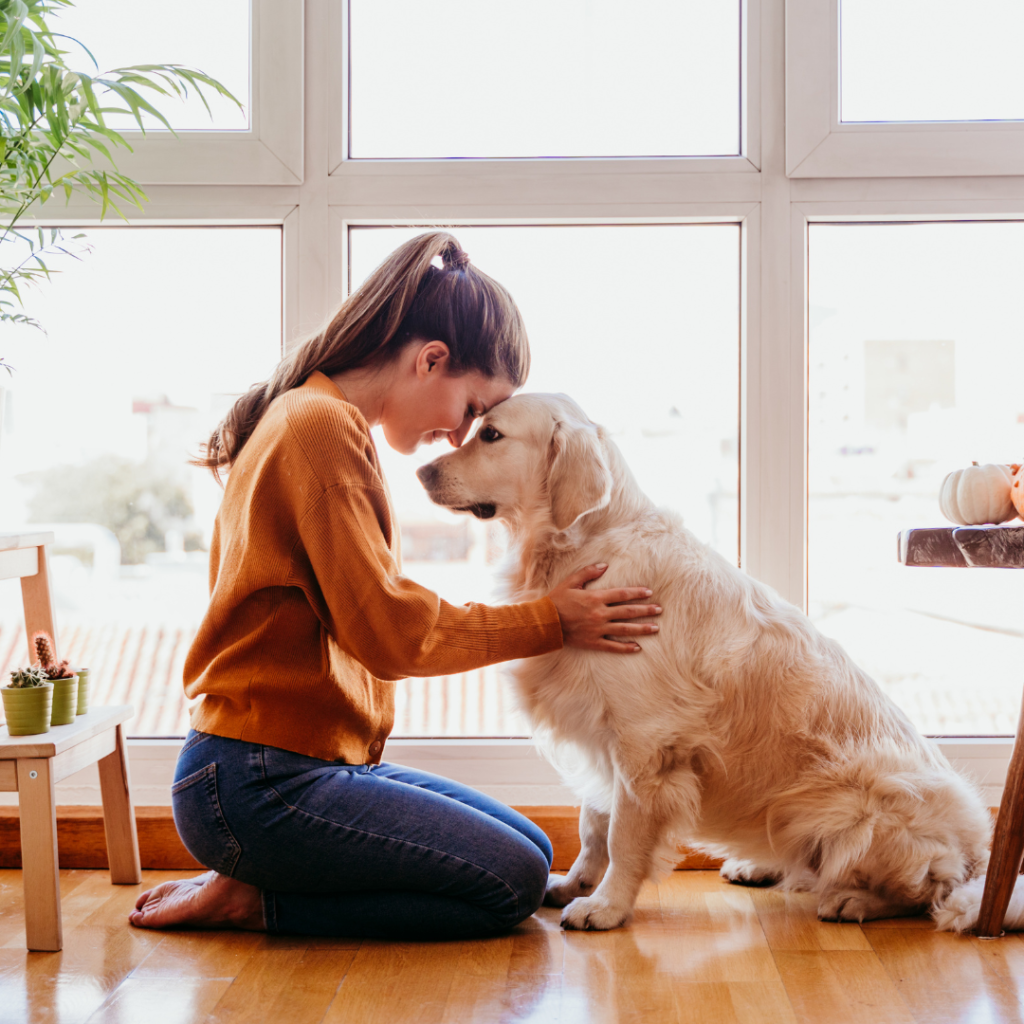
Enrolling your pet in indoor training classes during the winter can provide them with opportunities for socialization and mental stimulation.
Look for reputable training classes offered at local pet centers or dog training facilities. These classes not only provide obedience training, but also allow your pet to interact with other pets in a controlled environment.
Meeting new people and pets can teach your pet valuable social skills and provide mental enrichment. Additionally, training classes help reinforce basic commands and build a stronger bond between you and your pet.
Visiting Pet-Friendly Locations
Winter doesn’t mean you have to stay indoors all the time.
Take advantage of pet-friendly locations in your area that allow you to enjoy outdoor activities with your furry friend.
Many parks and hiking trails remain open during the winter months, providing opportunities for fresh air and exercise. Check local regulations and guidelines regarding leash laws and other pet-related rules before heading out.
Enjoying the great outdoors together can be a refreshing experience for both you and your pet while providing mental and physical stimulation.
Animals are such agreeable friends — they ask no questions; they pass no criticisms.
George Eliot
#10 Keeping an Eye on Pet’s Overall Wellbeing
Monitoring Behavior Changes
As a pet owner, it’s important to pay attention to any behavior changes in your pet during the winter months.
The cold weather, reduced daylight, or changes in routine can sometimes affect your pet’s overall well-being and behavior.
Look for signs of depression, anxiety, or lethargy, as these may indicate a need for additional attention or veterinary care. On the other hand, monitor for excessive excitability or restlessness as these can also be signs of discomfort.
Ensuring Sufficient Hydration
Staying hydrated is crucial for your pet’s overall health, even in the winter.
Indoor heating can dry out the air, leading to increased moisture loss from your pet’s body. Ensure that your pet has access to fresh and clean water at all times, even if they are mainly indoors. Monitor their water intake and refill their bowls regularly.
Consider using a pet water fountain to encourage your pet to drink more water. If your pet has a specific health condition or requires extra hydration, consult with your vet for additional recommendations.
Maintaining a Regular Routine
Maintaining a regular routine is vital for your pet’s overall well-being during the winter months.
Pets thrive on predictability and can become stressed by sudden changes in their routines. Stick to their regular feeding times, exercise schedules, and sleep routines as much as possible. This consistency helps provide stability and comfort to your pet, reducing any potential anxiety or stress.
Even if the weather limits outdoor activities, find alternative ways to incorporate exercise and mental stimulation into their routine indoors. A consistent routine will help your pet feel secure and content throughout the winter season.
In Conclusion
The overall essential aspects to consider during the colder months:
By following these comprehensive tips and taking proactive measures, you can create a cozy and enjoyable winter season for your beloved furry friend. Stay warm, stay safe, and let the winter adventures begin!





